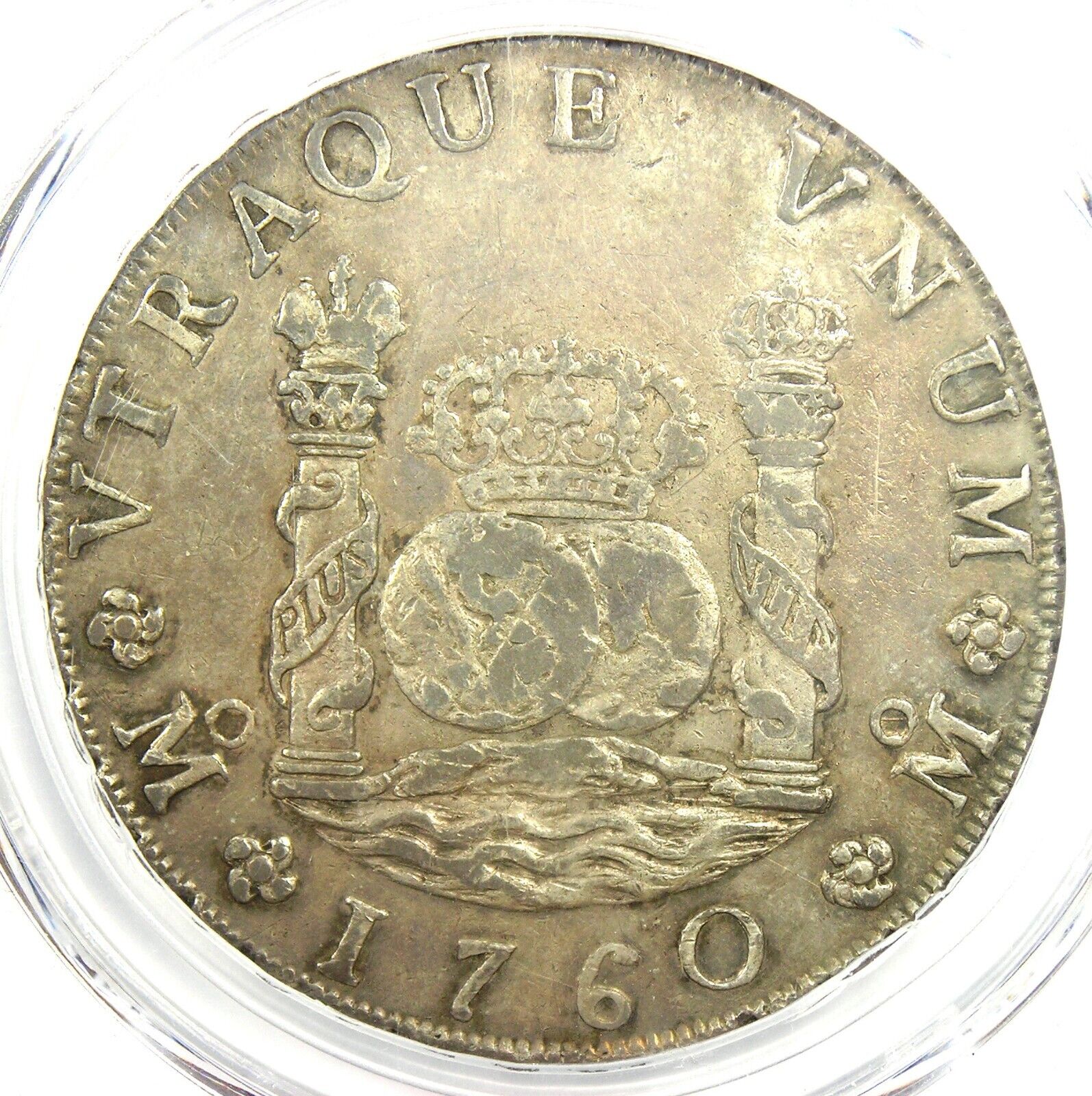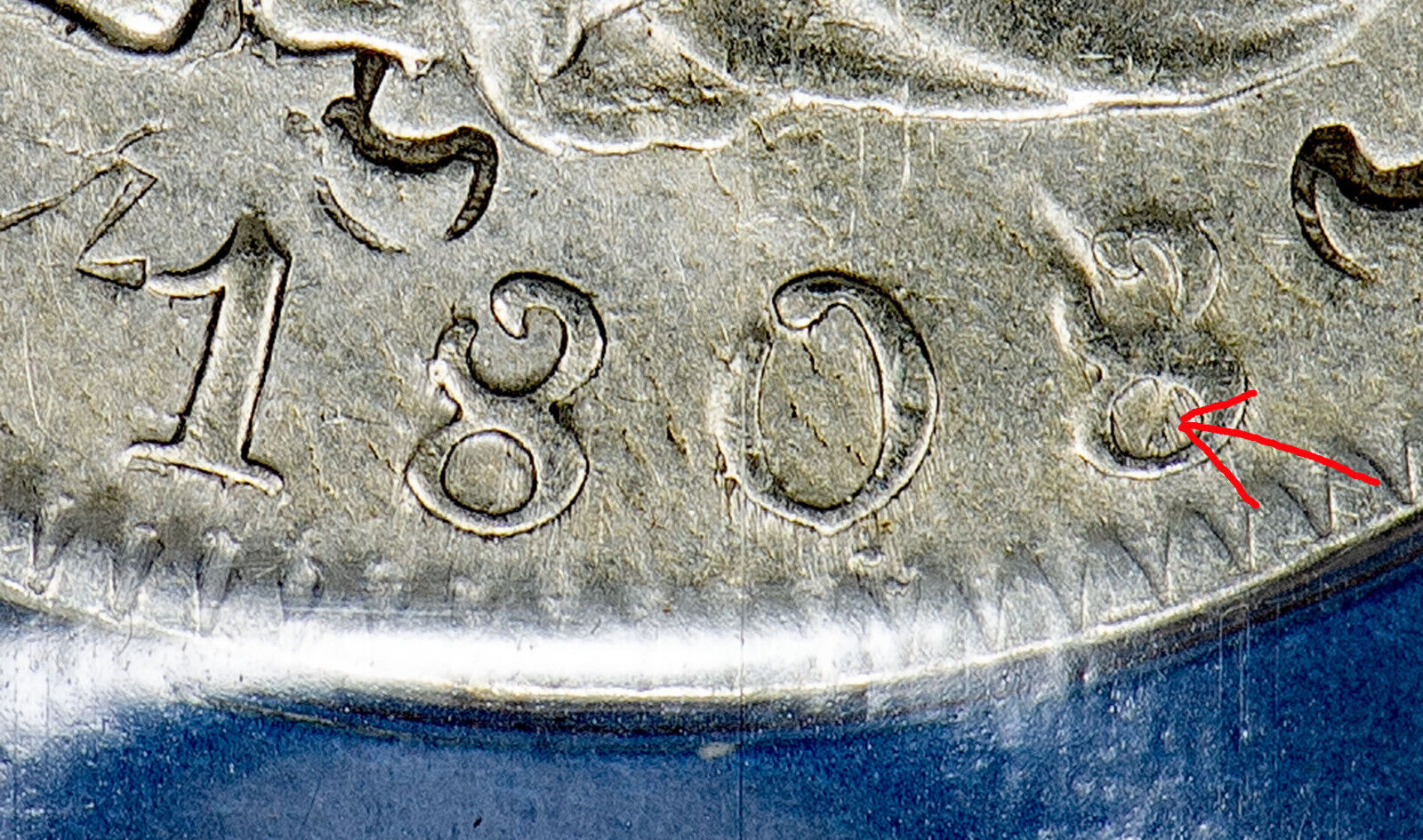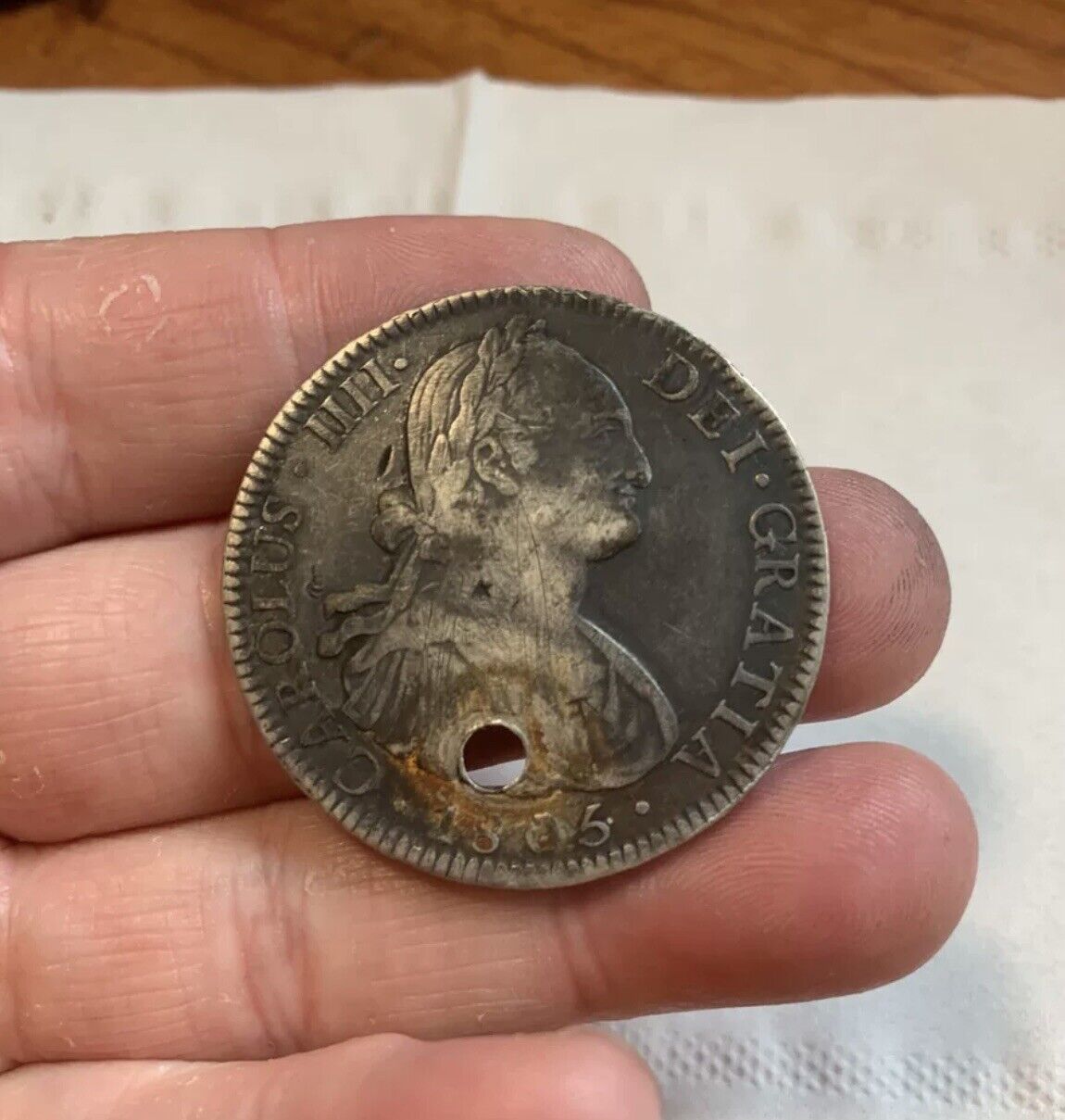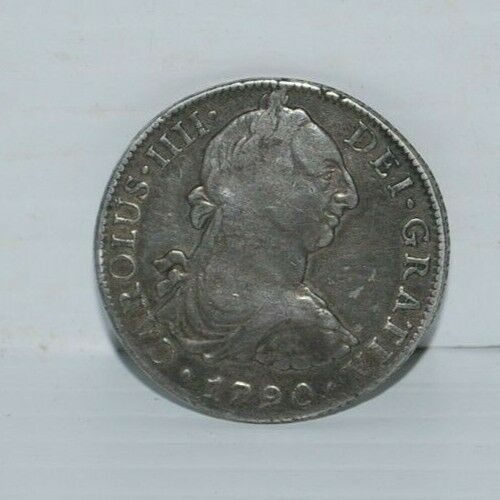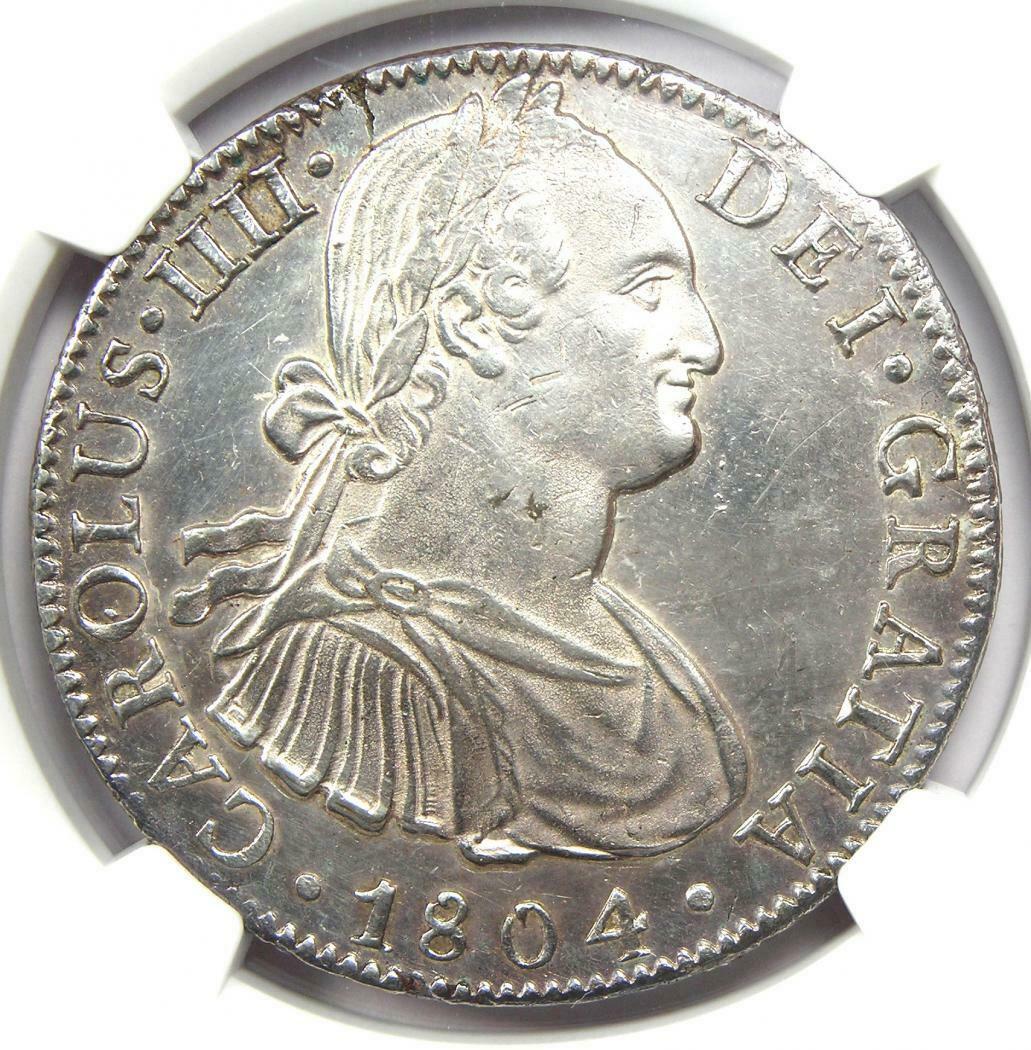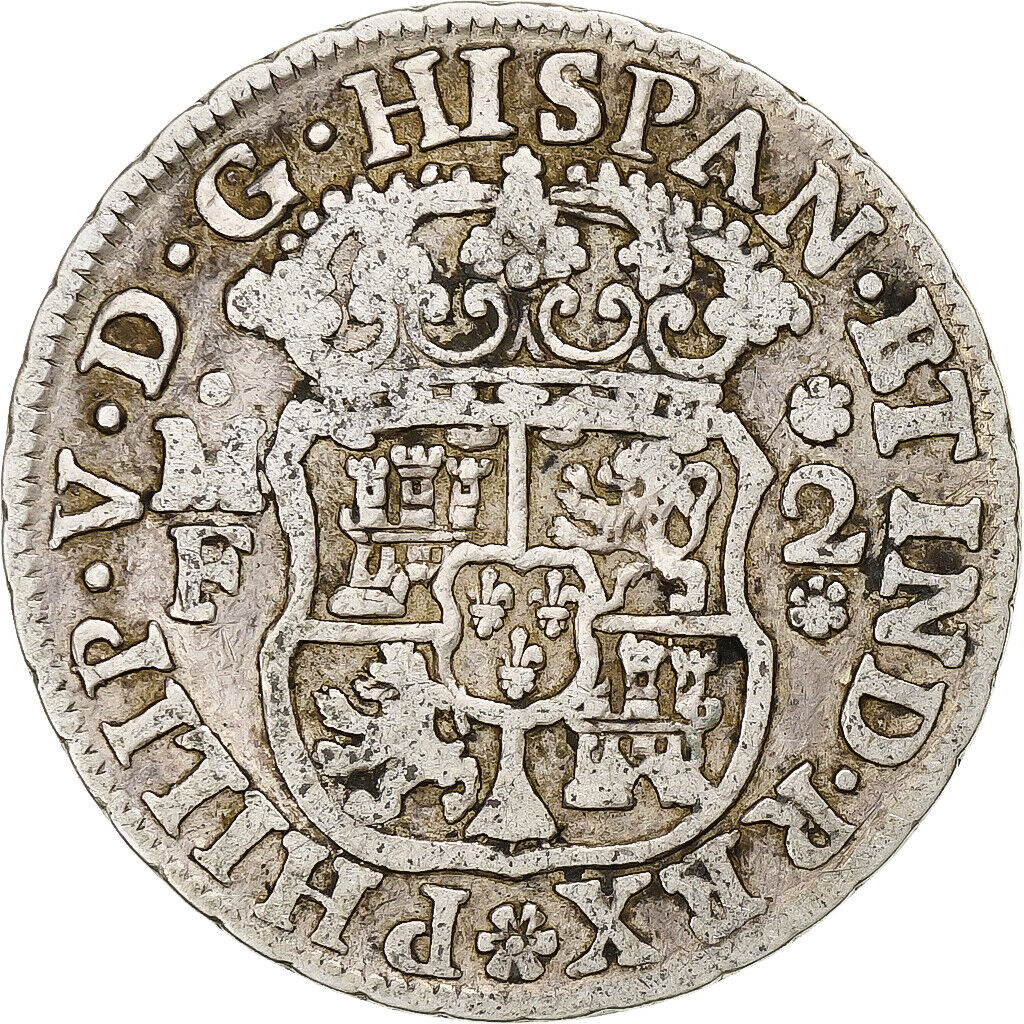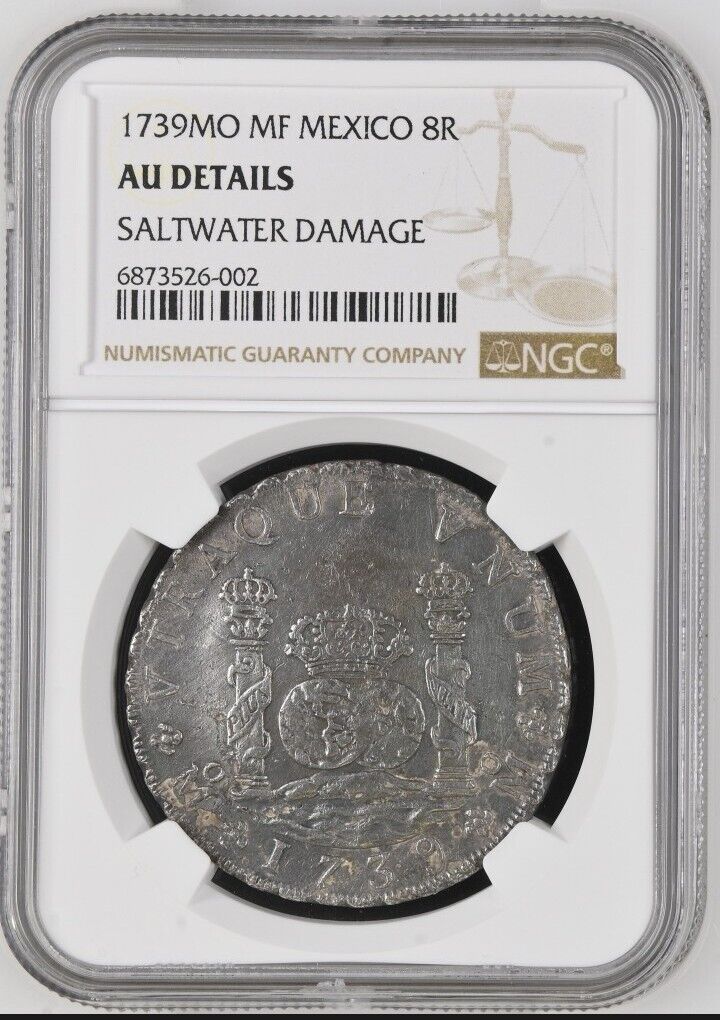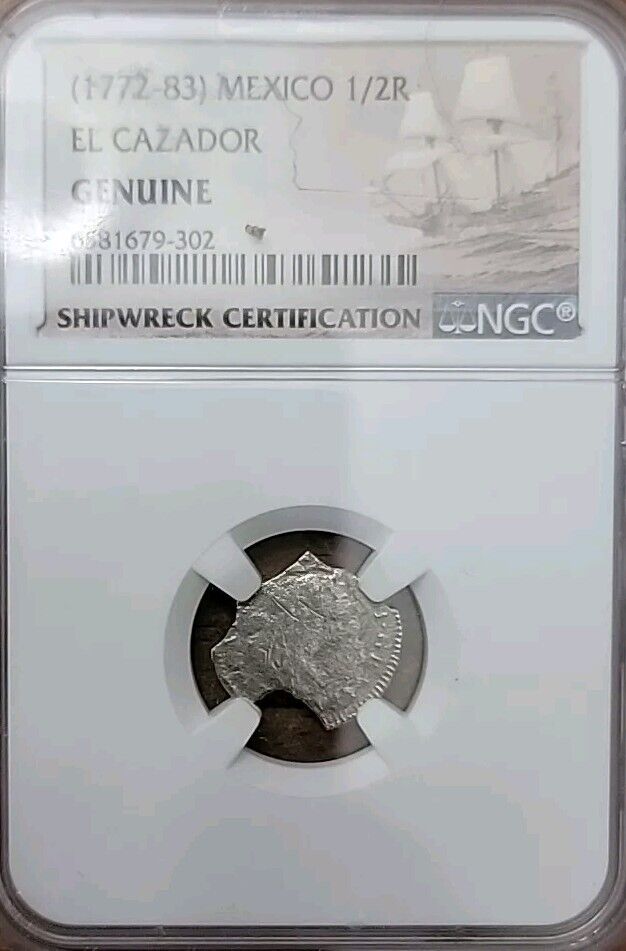-40%
PHILIP IV 8 REAL COB MEXICO ASSAYER P 1600s SILVER DOLLAR COLONIAL ERA COB
$ 290.37
- Description
- Size Guide
Description
Mint; oM, Mexico CityDate; nv., c. 1634-1665
Reign; PHILIP IV (1621-1665)
ASSAYER; nv., most likely "P" (1634-1665)
Grade- I
Crowned Arms
Mexico style cross pommee, quartered with arms of Castille and Leon all within octilobe
KM45
The coin has a dark patina from being buried.
Weight; 17.23g
Note; The coin was recovered from a shipwreck or excavated from the ground or a river. Unfortunately the provenance is unknown. Heavy Saltwater effect, possibly from the Concepcion Shipwreck
TTI-547221
Additional Notes: These coins were the most desirable currency of the world for over 300 years from the 1500's - 19th century and were legal tender in the United States until the Act of 1857.
Chinese "chop" marks:
Long tied to the lore of
piracy
, "pieces of eight" were manufactured in the
Spanish Americas
and
transported
in bulk back to Spain, making them a very tempting target for seagoing pirates. In the
Far East
, it also arrived in the form of the
Philippine peso
in the
Philippines
as part of the
Spanish East Indies
of the
Spanish colonial empire
through the
Manila galleons
that transported
Mexican silver peso
to
Manila
in the
Manila-Acapulco Galleon Trade
, where it would be exchanged for Philippine and
Chinese goods
, since silver was the only foreign commodity China would accept. In Oriental trade, Spanish dollars were often stamped with Chinese characters known as "chop marks" which indicated that particular coin had been
assayed
by a well-known merchant and determined to be genuine. The specifications of the Spanish dollar became a standard for trade in the Far East, with later Western powers issuing
trade dollars
, and colonial currencies such as the
Hong Kong dollar
, to the same specifications.
The first
Chinese yuan
coins had the same specification as a Spanish dollar, leading to a continuing equivalence in some respects between the names "yuan" and "dollar" in the Chinese language. Other currencies also derived from the dollar include the
Japanese yen
,
Korean won
,
Philippine peso
,
Malaysian ringgit
,
French Indochinese piastre
, and etc since it was widely traded across the
Far East
in the
East Indies
and the
East Asia
.
Contemporary names used for Spanish dollars in Qing Dynasty China include benyang (本洋), shuangzhu (双柱), zhuyang (柱洋), foyang (佛洋), fotou (佛頭), foyin (佛銀), and fotouyin (佛頭銀). The "fo" element in those Chinese names referred to the King of Spain in those coins, as his face resembled that of images of the Buddha; and the "zhu" part of those names referred to the two pillars in the
Spanish coat of arms
.



